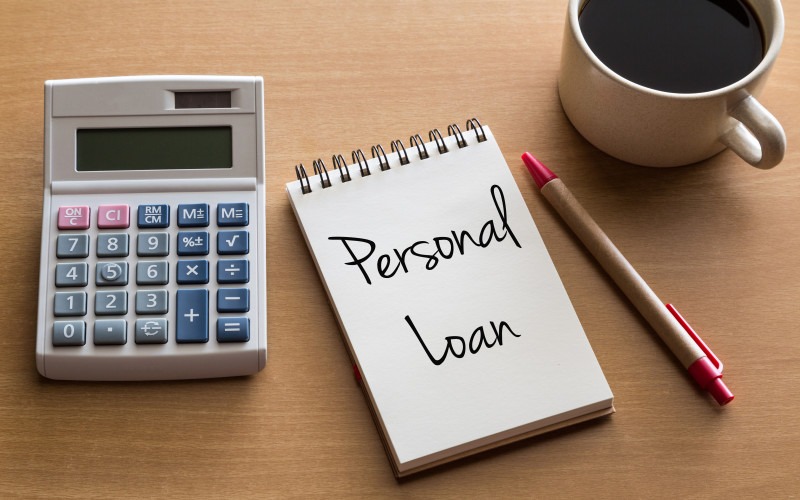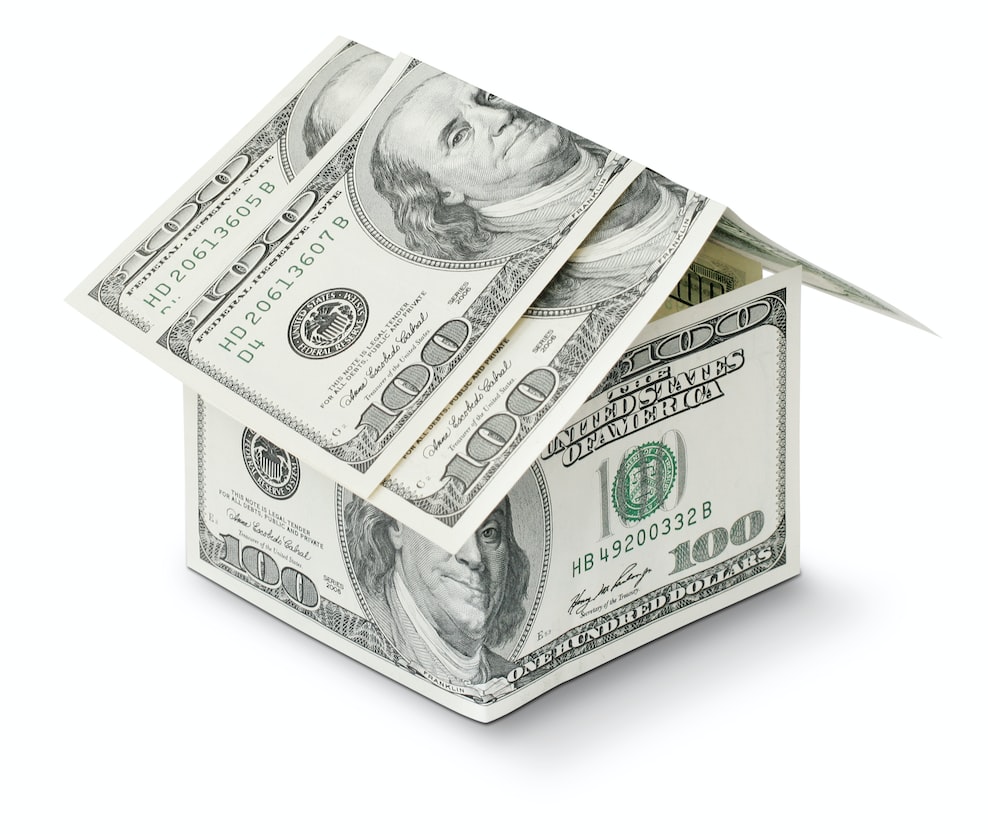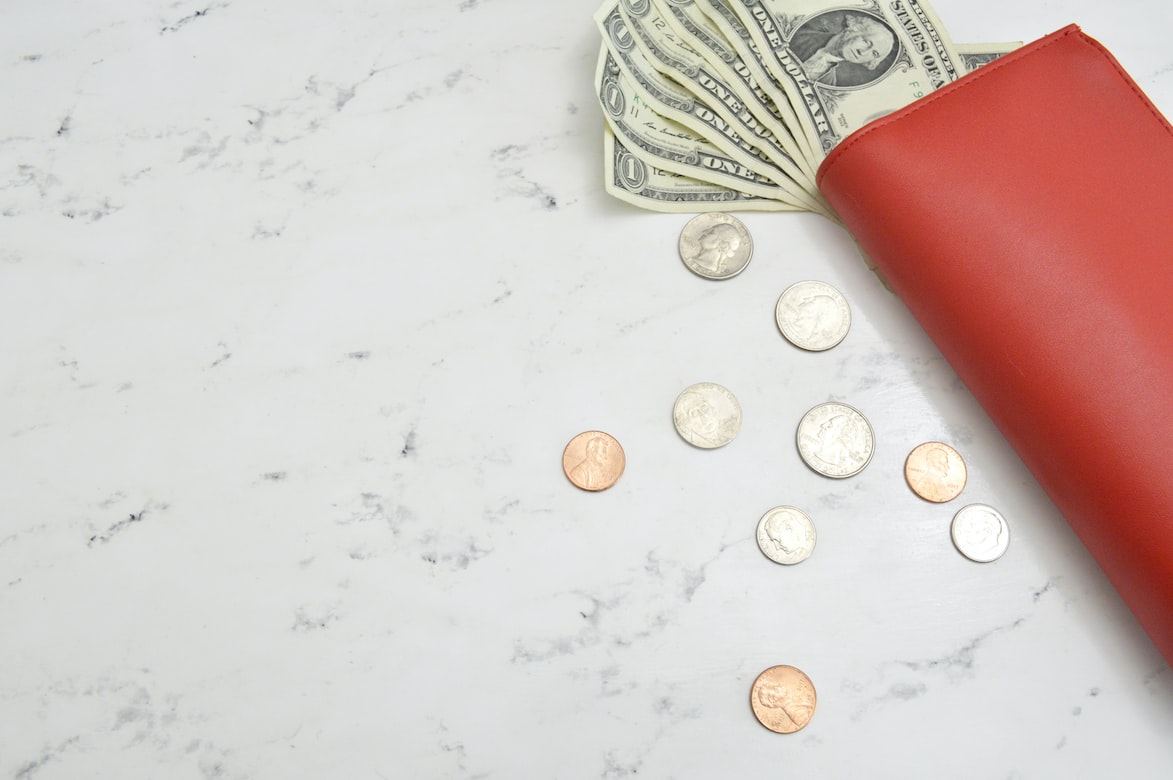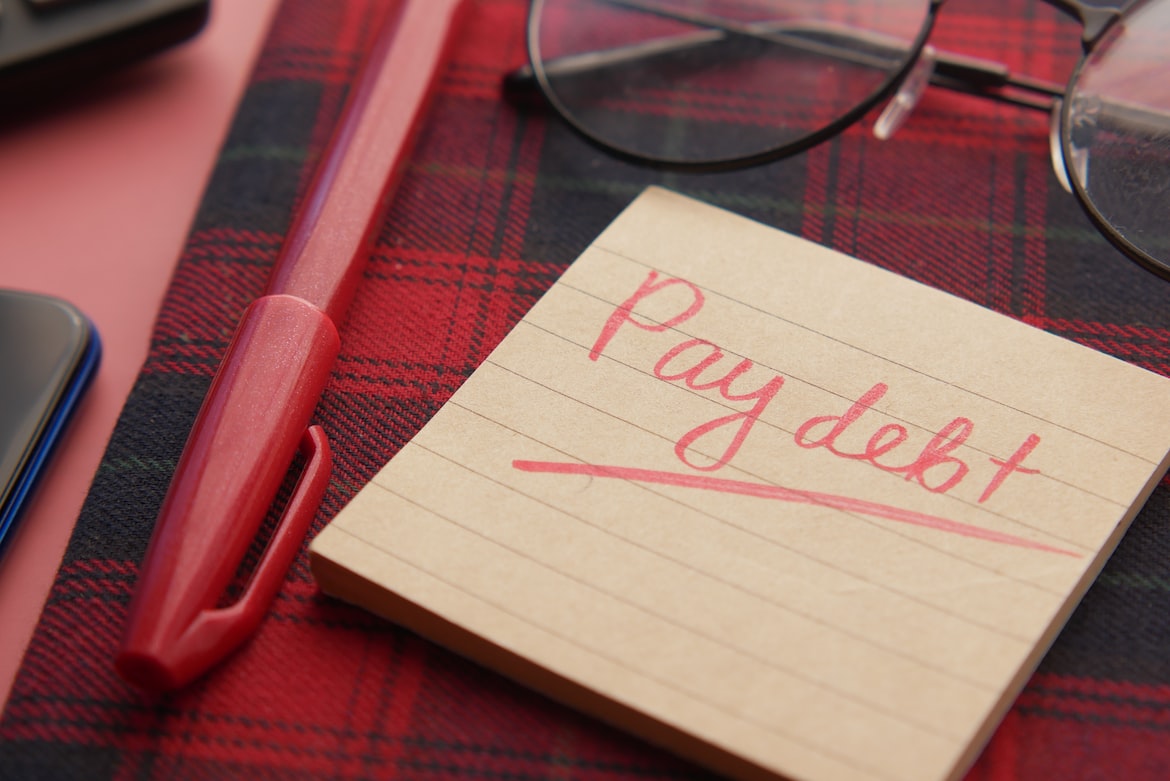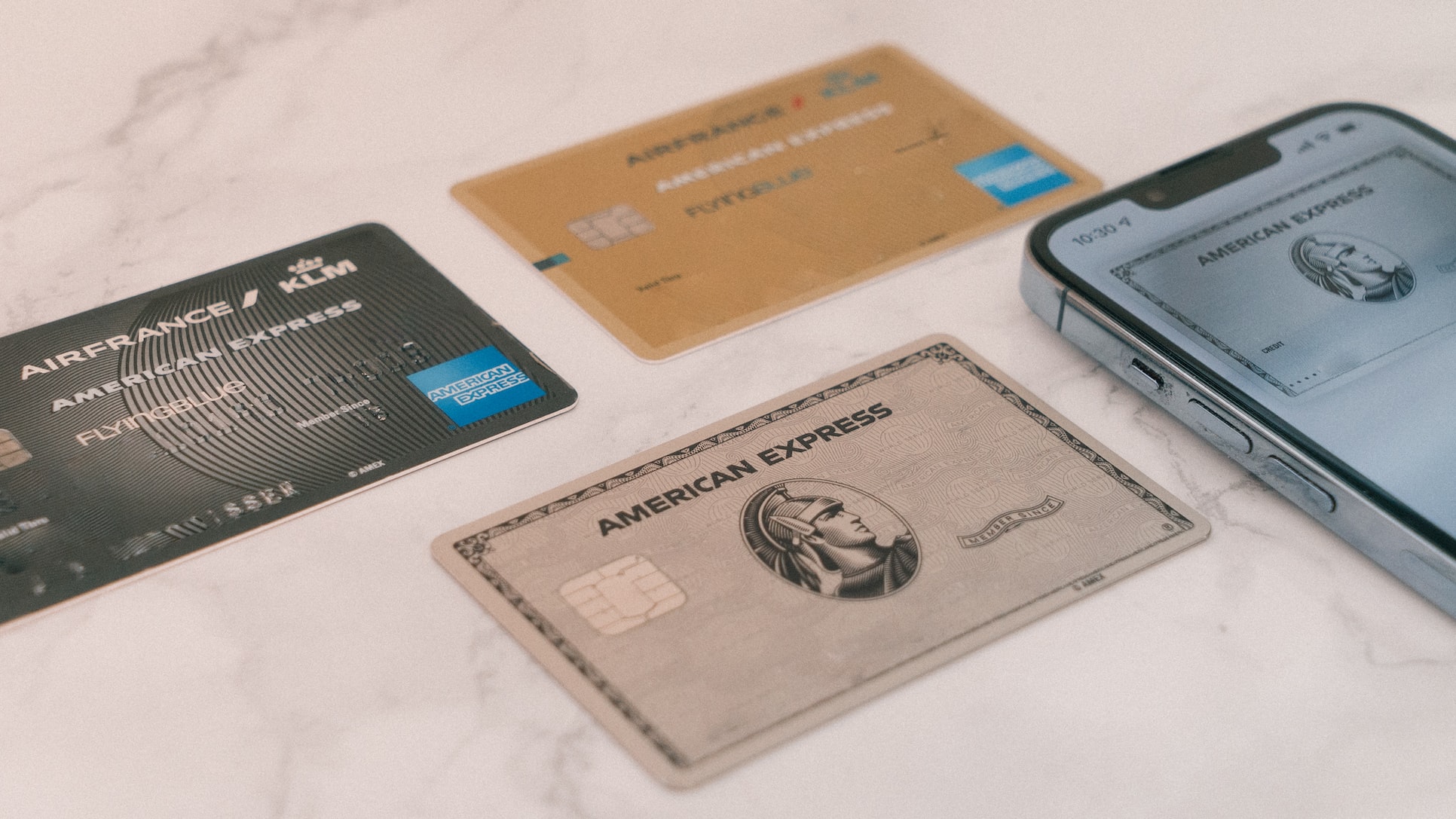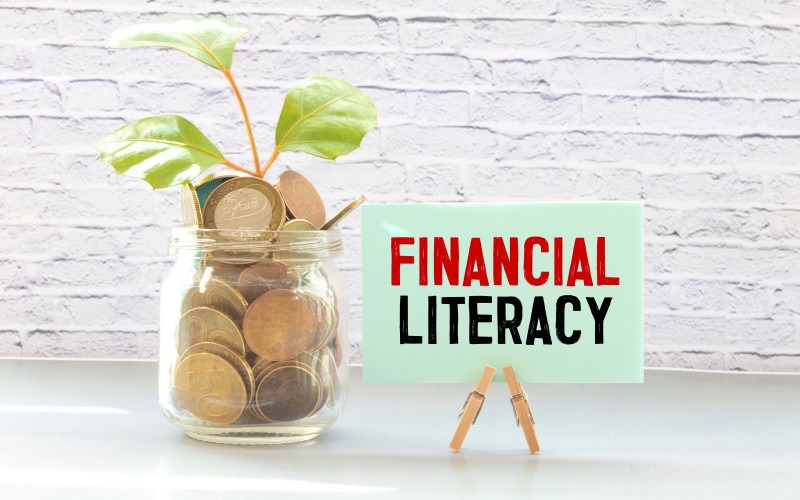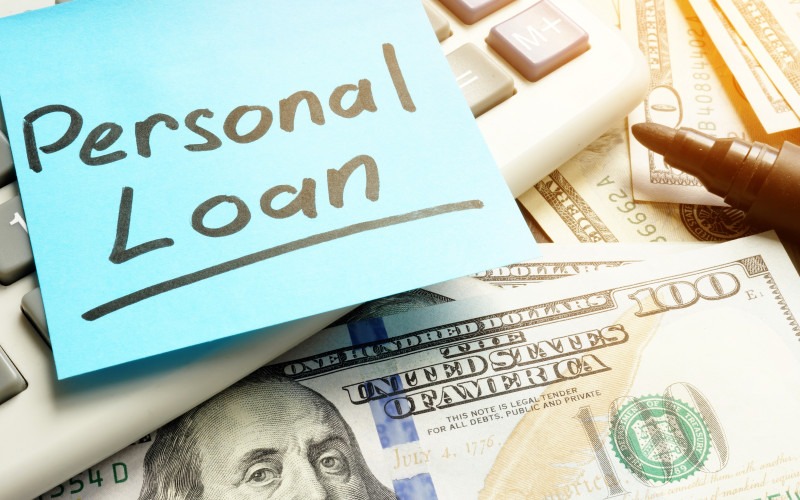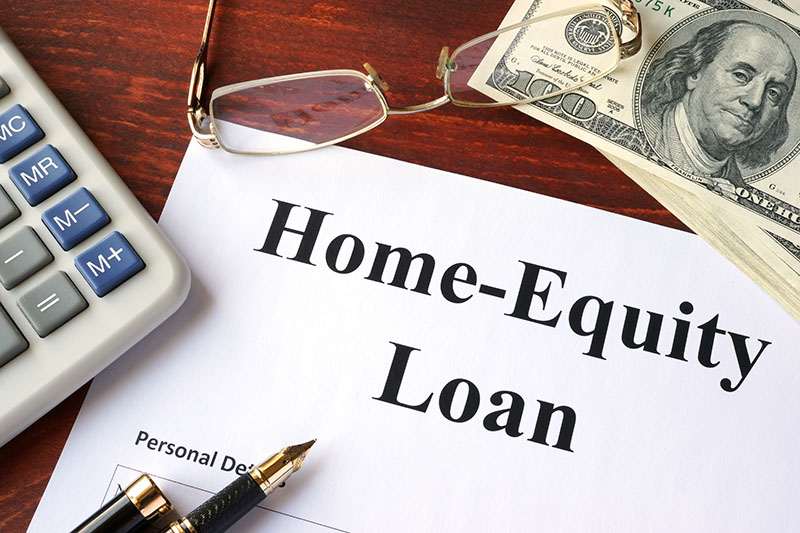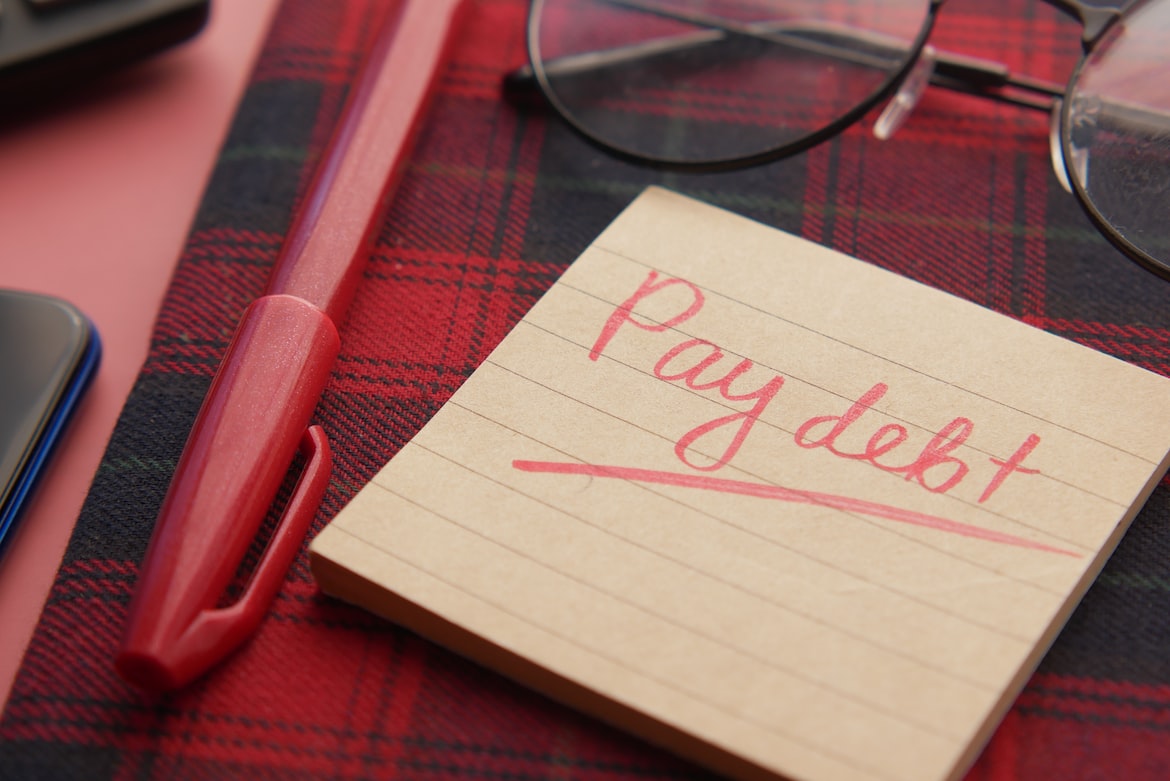- Home
- Personal Loans
- Mastering Interest Rates in Personal Loans: Negotiation, Interest-Free Options, and Rate Lock Explained
Mastering Interest Rates in Personal Loans: Negotiation, Interest-Free Options, and Rate Lock Explained
Key Takeaways
- When shopping around for personal loans, you can try negotiating with the lender by emphasizing your creditworthiness and ability to repay the loan
- Consider interest-free options such as promotional offers, and rate lock personal loans can be advantageous if you have a long loan tenure or high loan amount
- Stay proactive when it comes to managing your personal loan and negotiating for better terms so you can secure more favorable interest rates and facilitate better outcomes

Interest rates directly affect your cost of borrowing. Comparing interest rates between different lenders can help you save a lot of money when shopping for a personal loan–but direct comparison of interest rates isn’t the only important part. Strategies exist that can help you tip the scales in your favor.
In this guide, we will explain how to negotiate for more favorable interest rates, interest-free options, and personal loan rate locks.
Interest rate negotiation - tips and strategies
Before you lock in any particular loan, it’s important to compare different options and negotiate better interest rates. A successful interest rate negotiation could help you save hundreds if not thousands of dollars over the course of the loan.
1. Leverage your creditworthiness
If you have a high credit score and/or good financial standing, you can highlight your strong points and emphasize your financial strengths. For example, if you have a high income, you can point this out during negotiations.
2. Research the market and competing lenders
It’s advisable to be aware of the current personal loan market interest rates. This helps you negotiate more effectively with the lender that might otherwise take advantage of a borrower’s lack of familiarity with the market.
3. Consider seeking professional guidance
Advisors and credit counselors can help you build up an effective personal loan management and application strategy. They will be able to grant you individualized, expert advice so that you can secure more favorable interest rates and loan terms.

Interest-free personal loans - exploring the options
An interest-free personal loan does not come with an interest rate. It is also referred to as no-interest loans. You can borrow funds from a lender without needing to pay additional interest on top of repaying the principal loan balance.
Interest-free loans can be a valuable way to finance a large purchase or cover expenses without needing to pay interest on the amount you borrow. However, interest-free personal loans are typically characterized by:
- Strict or unique eligibility requirements
- Additional terms and conditions
- Limited end use
- The need to pay interest if you break the agreement
- Being special offers during promotional periods
Where to find interest-free personal loans
No-interest loans are relatively rare and offered for a variety of different purposes. Here are some of the most common sources of interest-free personal loans:
- Credit card promotions
- Retail stores
- Automakers
- Medical facilities
- Family and friends
- Employers
- Non-profit organizations
Remember to carefully review the terms and conditions of a no-interest personal loan before you sign it.

Interest rate lock - explanation and benefits
An interest rate lock is a type of agreement between the lender and borrower that ensures the designated interest rate will be locked in place, usually until the loan is closed. This means that the loan is fixed for the agreed-upon duration, essentially frozen so that there is stability and predictability. The lock serves as a protective measure against fluctuating interest rates.
If an interest rate is locked, it might be higher initially than variable interest rates. However, the lock can help borrowers better manage and budget for personal loan repayment. There is no question about the interest rate, which can be highly beneficial for long term loans or periods of economic uncertainty.

Understanding APR
The annual percentage rate (APR) is a standardized rate that encapsulates your cost of borrowing over the course of a year. It includes the interest rate, as well as other fees and costs.
Lenders are legally required to disclose the APR of loans to borrowers. That is why it is critical that you take into account not just the interest rate, but also the APR to effectively compare loan options. Otherwise, you might be caught off guard by the actual cost of borrowing, which is higher than just the interest.
To understand how to compare APRs, it is good to know that the APR is expressed as a percentage of your principal loan amount. It covers various fees and expenses. However, if you are looking at the advertised APRs that are publicly available on lender websites, these rates are usually for borrowers who have excellent credit scores. If you have good or worse credit, you can expect the APR the lender offers you to be higher.
The APR a lender gives you will be affected by numerous factors. Each lender you choose may give you slightly different APRs based on their criteria and algorithms. In general, your APR is influenced by:
- Your credit score: The higher your credit score, the lower your APR
- The loan term: A longer loan term is often associated with a higher APR
What does APR include?
The APR typically includes the following components, when applicable to your loan:
- The interest rate
- Origination fees
- Application fees
- Discount points
- Closing costs
Fixed vs variable APR
A fixed APR is predictable because it stays the same throughout your loan tenure. You will end up making the same monthly payment.
Meanwhile, a variable APR changes based on the federal prime interest rate, which fluctuates based on various factors such as market conditions and industry standards.
If you are seeking a short term loan, choosing the variable APR loan option could help you save money because it is usually cheaper in the beginning than loans with fixed APR. If your repayment term is lengthy, a fixed APR may be preferable due to its predictability.
Key factors affecting interest rates in personal loans
Credit score
Your credit score conveys your level of creditworthiness to lenders. Good creditworthiness means you have a good track record of paying back debt and managing financial obligations. It suggests that you will be capable and willing to repay new personal loans you obtain.
With a good or excellent credit score, you will be seen as suitable to receive credit or loan funds. On the other hand, if you have poor credit, it can be challenging to find a lender willing to lend you the loan amount you need while still giving fair interest rate options.
Debt-to-income ratio
Your debt-to-income ratio tells lenders how much of your income goes toward paying off existing debt. If you have a low DTI ratio, you might be able to secure a more favorable interest rate. If you have a DTI ratio over 36%, many lenders might reject your loan application without even considering further.
Economic conditions
The economic conditions at any time can impact the interest rate of your loan. If benchmark interest rates are trending low, personal loan interest rates may follow suit and also be lower than usual.
During times of high inflation rates, you can generally expect personal loan rates to be higher as well.
Lender choice
Each lender has their own risk assessment process and ways of calculating a borrower’s precise interest rate. Some lenders have a higher tolerance for risk and will be willing to agree to a lower interest rate than others. Other lenders are stricter and may not compromise on the high interest rate that they offer you.
Loan shopping: comparing interest rates
One of the most important factors to consider when shopping around for personal loan options is the interest rate. Here are certain steps that you should keep in mind to effectively compare the interest rates offered by different lenders.
1. Know your needs and goals
Before you apply for a personal loan, you should try to define your loan purpose, desired loan amount, and priorities. This can help you narrow down your lender options and find a loan that aligns with your needs.
2. Consider multiple loan offers
Don’t settle for a single lender before you consider loan offers from other lenders. If you have the time, try to request loan quotes and interest rate estimates from numerous lenders before you make a decision.
3. Go through the loan prequalification process
To save time and more efficiently compare interest rates, you might want to prequalify for the personal loan first. The prequalification process involves the lender giving you a preliminary assessment. After you provide your personal information, the lender can show you what interest rate you can expect to get from them if you are prequalified.
It is relatively quick and convenient to prequalify for loans today, with some lenders giving you results within minutes.
4. Avoid common pitfalls when evaluating loan offers
When comparing interest rates, you should also compare the APRs. The APR is a more complete and accurate indicator of your cost of borrowing in a year. Don’t be fooled by a low interest rate or interest-free loan, only to find yourself paying an abundance of extra fees down the line.

The role of creditworthiness in interest rate determination
Creditworthiness plays an essential role in determining your interest rate offers for personal loans. When you apply for a loan, lenders assess two main factors to determine your loan terms: your creditworthiness and your financial stability.
As you improve your creditworthiness, you can secure lower interest rates and save money in the long run. Here are some strategies borrowers use to improve their credit score, which is an indicator of their creditworthiness.
Pay down credit card balances
The greater your credit utilization, the more likely it will damage your credit score. Try to keep your credit card balances low, which can be done more easily by making smaller, more frequent payments each month. It is advisable to keep your credit utilization ratio below 30% if you are looking for a personal loan with affordable interest rates.
Dispute errors on your credit report
You can pull your credit report for free from each of the three major credit bureaus of Equifax, Experian, and Transunion. Periodically review your credit report to uncover any errors, inaccuracies, or fraudulent activities. If you see any, make sure that you file disputes with each credit bureau so that you can ensure your credit isn’t erroneously decreased by any issues or unauthorized activity.
Make payments on time
Whether it is loan payments, credit card bills, or utilities, make sure that you pay all your payments on time. If you find yourself struggling with due dates, consider setting up automatic payments so that the payments are automatically withdrawn from your bank account each month.
Keep old accounts open
Your credit history length can positively affect your credit score. Because of this, try to keep old and unused accounts open so that you can maintain a longer credit history.

Balancing short-term vs. long-term impact of interest rate
It’s always important to consider the long-term impact of interest rates on the affordability of your loan. Just because an interest rate is lower doesn’t necessarily mean it is the best option. Sometimes, choosing a short-term loan to allow you to repay the loan sooner can save you more interest overall.
When you consider different loan offers, make sure you keep your own goals and needs in mind. Evaluate the trade-offs between lower interest rates and shorter loan terms so that you can strike a beneficial balance for yourself. For example, if you want to be debt-free sooner, this goal might lead you to opt for a shorter tenure, even if the interest rate is slightly higher.
Real-life examples and case studies
Successful interest rate negotiation
Mary is negotiating loan terms, but knows that she has a poor credit score. She leans on her good financial standing and emphasizes her high income, low debt-to-income ratio, and willingness to adhere to the repayment terms. With a professional and polite attitude, she convinces the lender to offer her a lower interest rate.
Choosing to rate lock
John is considering various interest rate options. One is fixed rate, the other is variable. Although the variable rate is lower and would save him more money in the short run, he is worried about this rate fluctuating greatly over the next few years. He decides to commit to a fixed rate and opt for a rate lock strategy, which helps him better manage and budget for his debt.
The benefits of going interest-free
George wants to take out a personal loan, but wants to secure a low interest rate. He searches for a creditor who has active promotional offers and approaches them to apply for a loan. He carefully reviews the loan requirements and terms. George determines that he can stick to these terms without an issue, so he continues with the interest-free loan.
Edited by:
Bryan Huynh
•
Product Tester & Writer

